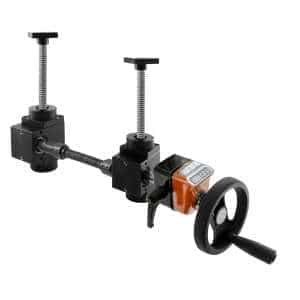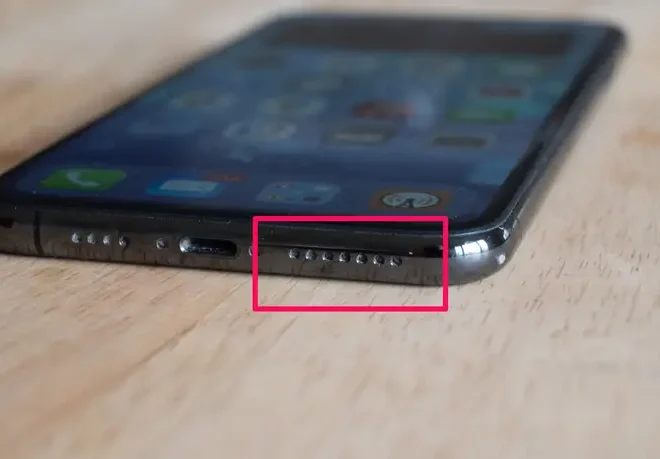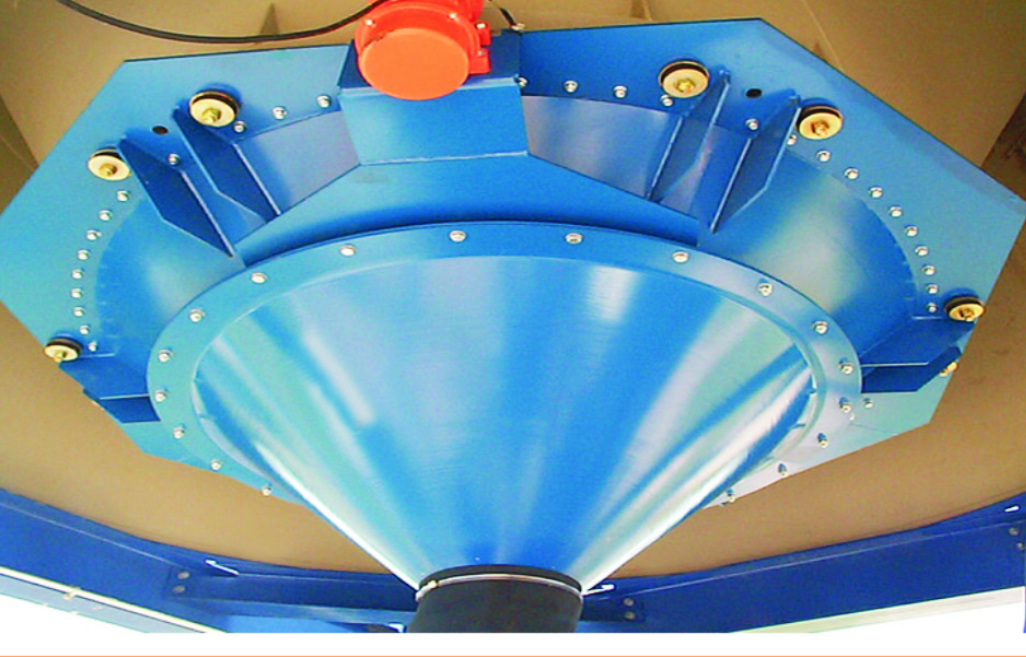
The Ultimate Guide to PE Foam
PE foam, also known as polyethylene foam, is a versatile material that finds applications across various industries due to its lightweight and durable nature. Whether it’s for packaging delicate items, providing insulation, or cushioning products during transportation, PE foam offers a wide range of benefits that make it a popular choice in the market.
When it comes to the benefits of PE foam, its exceptional shock absorption capabilities stand out. The material is able to effectively protect fragile items from impact and vibration, ensuring they reach their destination intact. Additionally, PE foam provides excellent thermal insulation, helping to maintain temperature-sensitive products in optimal conditions. Its moisture resistance further enhances its protective qualities, making it suitable for use in diverse environments.
The manufacturing process of PE foam involves extruding polyethylene resin with blowing agents to create a cellular structure within the material. This cellular structure is what gives PE foam its unique properties, such as flexibility and resilience. Once the foam is formed, it can be easily cut and shaped into different products according to specific requirements, making it a versatile solution for various packaging and insulation needs.
What is PE Foam?
PE foam, also known as polyethylene foam, is a versatile material with a wide range of applications across various industries. This lightweight and durable foam is created through a unique manufacturing process that results in a cellular structure, providing exceptional properties that make it highly sought after.
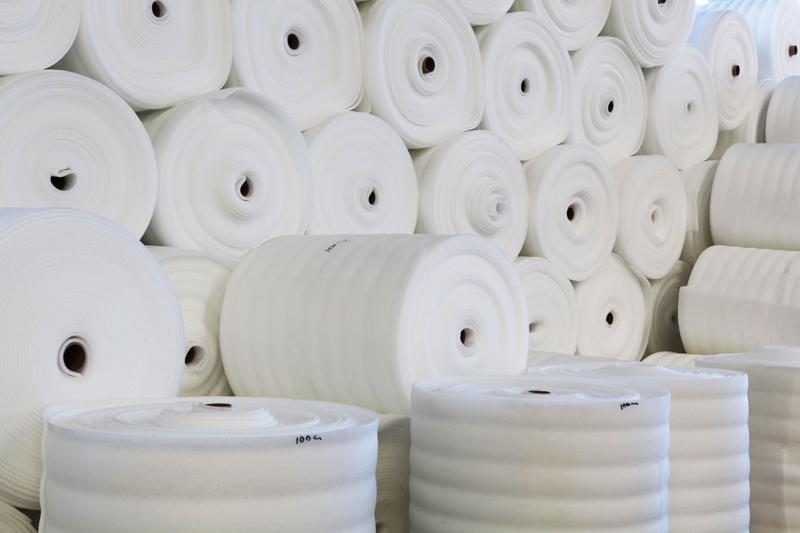
One of the key characteristics of PE foam is its excellent shock absorption capability. This feature makes it an ideal choice for packaging delicate items such as electronics, glassware, and other fragile goods. The foam acts as a protective barrier, minimizing the risk of damage during transportation and handling.
In addition to its shock-absorbing properties, PE foam also offers impressive thermal insulation. This means that it can help maintain the temperature of the packaged items, whether they need to be kept cool or protected from heat. The foam’s ability to regulate temperature adds an extra layer of protection for sensitive products.
Furthermore, PE foam is highly resistant to moisture, making it an excellent choice for products that need to be shielded from water or humidity. This moisture resistance ensures that the foam remains effective in safeguarding the items it encases, even in challenging environmental conditions.
Overall, PE foam’s versatility, durability, and protective qualities make it a popular choice for various applications, including packaging, insulation, cushioning, and more. Its unique combination of features sets it apart as a reliable and efficient material for ensuring the safety and integrity of goods during storage and transit.
Benefits of PE Foam
PE foam, also known as polyethylene foam, offers a wide range of benefits that make it a versatile material in various industries. Let’s dive into the advantages of using PE foam:
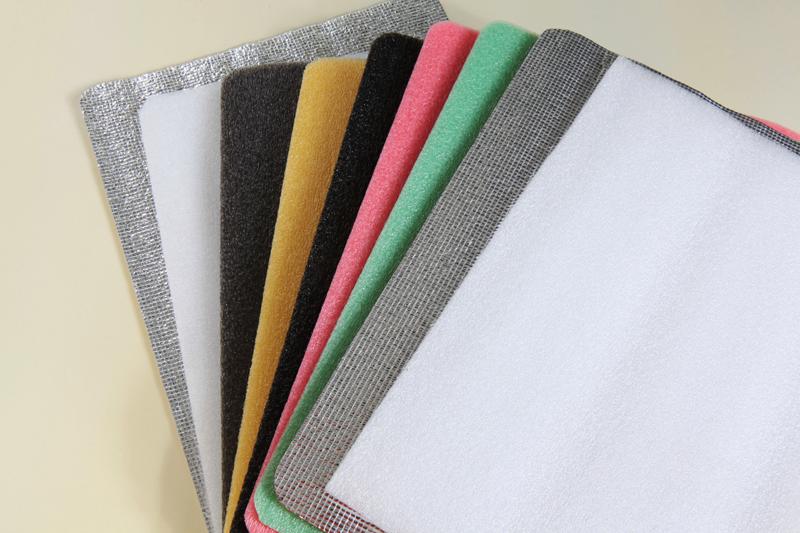
- Excellent Shock Absorption: PE foam is renowned for its exceptional shock absorption properties, providing cushioning and protection for fragile items during transportation and handling.
- Thermal Insulation: One of the key benefits of PE foam is its ability to provide thermal insulation, helping to maintain temperature-sensitive products at the desired conditions.
- Moisture Resistance: PE foam is resistant to moisture, making it an ideal choice for packaging materials that need to withstand humid or wet environments.
- Lightweight and Durable: Despite its lightweight nature, PE foam is incredibly durable, offering long-lasting protection without adding unnecessary weight.
- Customizable: PE foam can be easily cut, shaped, and molded into various forms to suit specific packaging or insulation requirements.
Manufacturing Process of PE Foam
When it comes to the manufacturing process of PE foam, it involves a series of intricate steps that result in the creation of this versatile material. The process begins with extruding polyethylene resin, a type of plastic, with blowing agents. These blowing agents play a crucial role in expanding the resin and creating a cellular structure within the material.
Once the resin is extruded and mixed with the blowing agents, it goes through a foaming process where the material expands and forms small bubbles throughout its structure. This cellular formation is what gives PE foam its lightweight and cushioning properties, making it an ideal choice for various applications.
After the foaming process is complete, the PE foam is then cut and shaped into different products based on specific requirements. This can include sheets, rolls, or custom-designed packaging inserts tailored to fit a particular item. The versatility of PE foam in terms of shaping and customization makes it a popular choice in industries such as electronics, automotive, and healthcare.
Throughout the manufacturing process, quality control measures are implemented to ensure that the PE foam meets industry standards for durability, density, and performance. This meticulous attention to detail guarantees that the final product is of high quality and capable of providing the necessary protection and insulation for various applications.
While coming to the end of our article, do not forget to review the following service pages of Durfoam:

